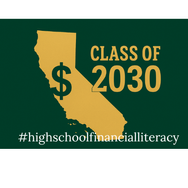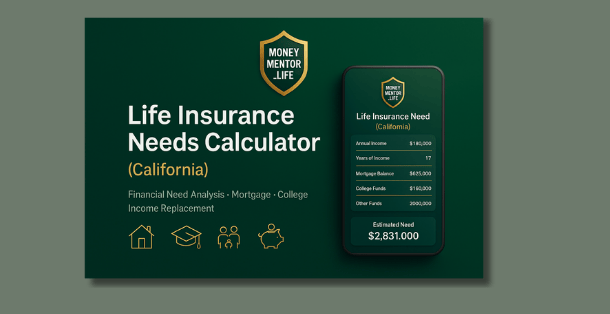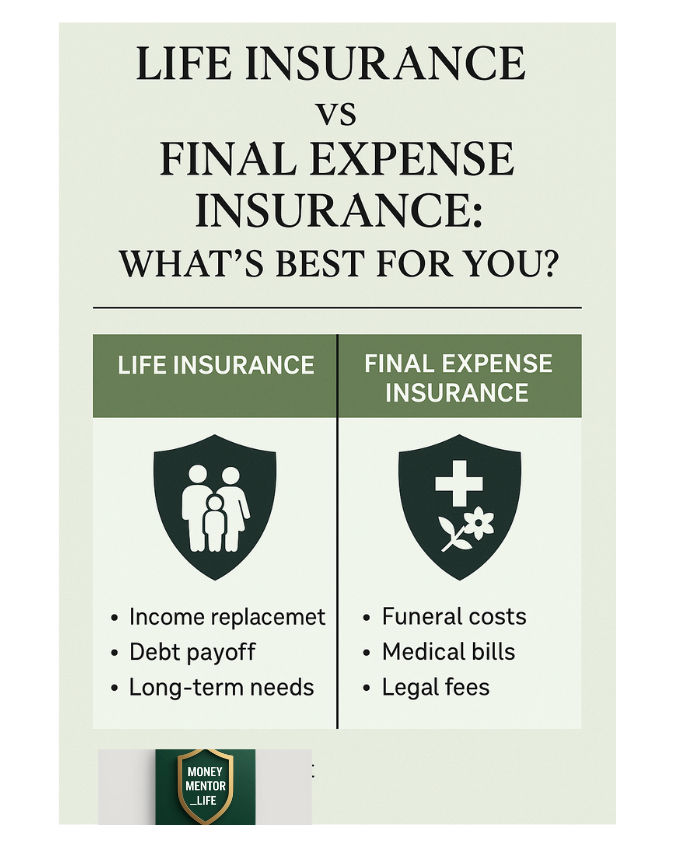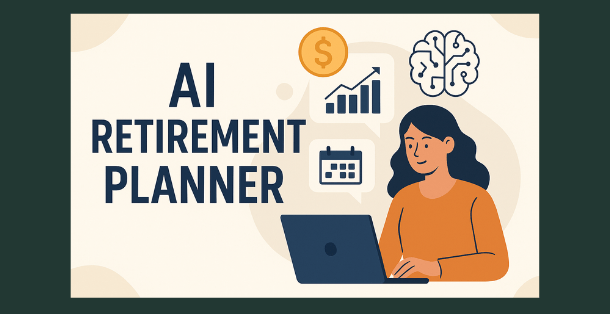California just made a big move — it’s adding financial literacy as a high school graduation requirement. Yep, starting with the class of 2030, every student will need to take and pass a personal finance course to graduate.
So what does that mean for teachers, schools, and students? Let’s break it down in plain English. 💬
💡 What is a financial literacy requirement in high school?
A financial literacy requirement means students must complete a course about money management before they graduate. This new California law, AB 2927, says high schools have to offer the course by 2027 and require it by 2030.
Think of it like this — instead of learning just algebra or world history, students will now learn how to:
- Create a budget
- Understand credit and loans
- Read pay stubs and taxes
- Start saving and investing
- Protect themselves from fraud and scams
It’s basically a “real-life” class for money smarts.
📘 What is the financial literacy curriculum?
The curriculum covers the essentials every adult needs but many never learned in school. Topics include:
- Banking basics: checking, saving, interest rates
- Earning money: understanding paychecks, benefits, and taxes
- Debt and credit: how to borrow wisely and build a good credit score
- Investing: stocks, 401(k), and compound interest
- Consumer awareness: avoiding scams, reading contracts
- College & career planning: how to pay for education without drowning in loans
Teachers with credentials in social science, business, or math will likely teach it.
🤔 Why is financial literacy not taught in high school (until now)?
Good question — and one many educators have asked for years!
Before AB 2927, California didn’t require financial literacy at all. Some schools offered it as an elective, but most didn’t. That meant students could graduate without ever learning how to manage a paycheck, credit card, or loan.
Other states started adding personal finance earlier — and research shows students in those states make smarter money decisions, avoid high-interest debt, and have better long-term savings habits.
Now California is catching up — and it’s about time. 👏
💵 What are the 5 C’s in financial literacy?
Teachers can use this easy framework to explain money management fundamentals:
- Credit – Borrow responsibly and maintain a good credit score.
- Cash Flow – Track how money moves in and out each month.
- Compounding – Understand how saving or investing grows over time.
- Consumption – Spend wisely and avoid impulsive purchases.
- Commitment – Build consistent financial habits and long-term goals.
The 5 C’s help make personal finance more relatable for teens — connecting numbers to real-life choices.
📅 When will this all start?
- 2027–28: Every high school must start offering the course.
- 2030–31: The class becomes a graduation requirement for all students.
Students can take it instead of the one-semester economics class, so it doesn’t pile on extra work. More information on ca.gov and ca edu government sites.
🌍 Why this matters for students
This isn’t just about balancing a checkbook — it’s about building confidence and independence. Financial literacy helps teens:
- Avoid credit card traps and student loan mistakes
- Save for emergencies and future goals
- Make informed choices about college, jobs, and major purchases
In other words, it’s one of the most practical skills students will ever learn.
👩🏫 What teachers and schools should do now
- Start planning early — pilot a personal finance elective or unit.
- Collaborate with business or math teachers to share resources.
- Seek professional development — there will be state-funded training and curriculum guides by 2026.
- Engage families — teach parents and guardians how to support learning at home.
CA JumpStart organization offers great resources for educators, teachers, students and families to thrive career wise, academically and financially.
📈 The bottom line
California’s new high school financial literacy requirement isn’t just another rule — it’s a life-changing opportunity. When done right, it can close equity gaps, reduce financial stress, and prepare young people for adulthood with confidence.
It’s the class every student deserves — and the one many adults wish they’d had. 💚
✅ Quick Recap
| Question | Short Answer |
|---|---|
| What is a financial literacy requirement in high school? | A required course teaching money management and budgeting. |
| What is the financial literacy curriculum? | Lessons on credit, debt, taxes, investing, and consumer protection. |
| Why wasn’t it taught before? | It wasn’t a statewide requirement until AB 2927 passed. |
| What are the 5 C’s in financial literacy? | Credit, Cash Flow, Compounding, Consumption, Commitment. |
This guide explains in depth about what is a robo-advisor.
If you’re new to AI-based financial tools, read our AI Retirement Planner: How Artificial Intelligence is Revolutionizing Your Financial Future for a full introduction.
Curious about the next decade? Check out The Future of AI Retirement Planners: What to Expect in the Next 10 Years.





